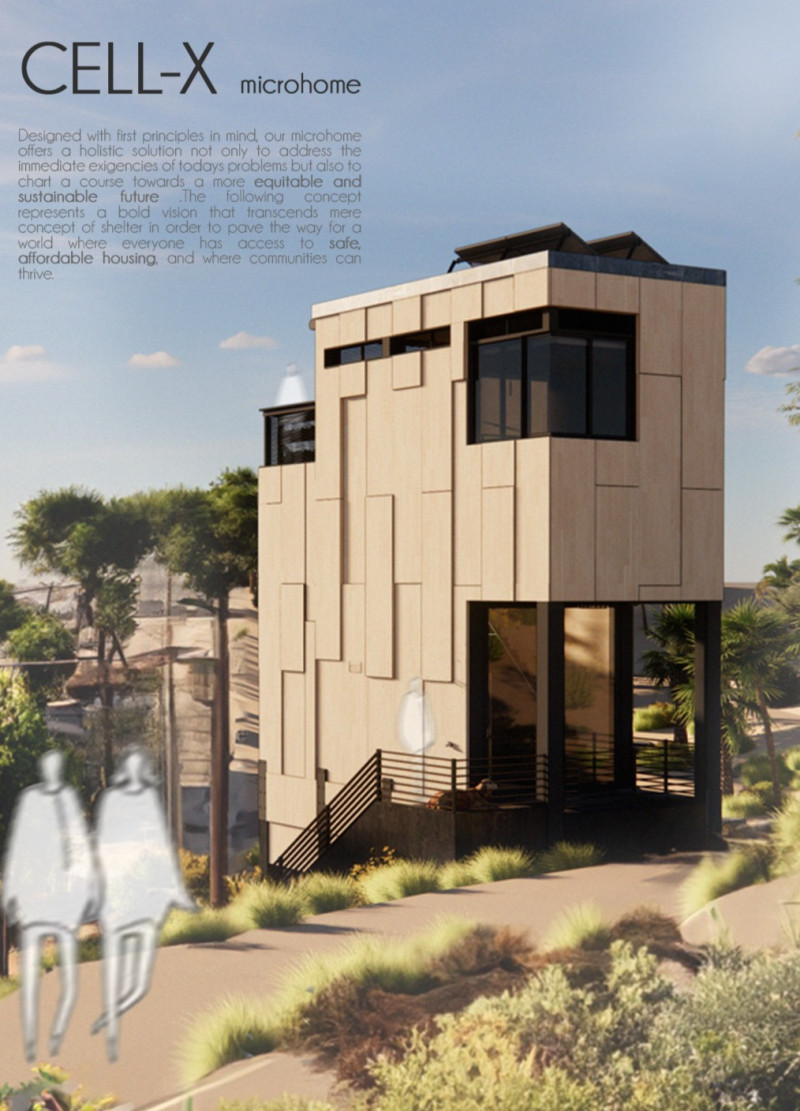5 key facts about this project
From a design perspective, this project is distinguished by its unique architectural language, which incorporates a blend of modernist principles and regional characteristics. The façade employs a palette of materials including exposed concrete, timber accents, and expansive glass elements, contributing to a tactile quality that invites inhabitants and visitors alike to engage with the structure. The utilization of local stone not only roots the design in its geographic context but also echoes traditional building practices, celebrating the cultural heritage of the area.
One notable feature of the project is the way it integrates indoor and outdoor spaces, allowing for a fluid transition that enhances the overall experience of the building. Large operable windows and sliding glass doors facilitate cross-ventilation and natural light, creating a welcoming atmosphere that connects the interior with the exterior landscape. The design incorporates strategically placed courtyards and terrace areas, inviting interaction and providing residents with private retreats as well as communal gathering spaces that foster a sense of community.
The architectural plans demonstrate careful attention to circulation and spatial organization, ensuring that movement throughout the building is intuitive and seamless. The layout reflects a thoughtful response to its environment, prioritizing views and privacy without compromising the openness that defines modern living. Architectural sections reveal that vertical connections, such as stairwells and elevators, have been designed to not only serve practical purposes but also act as aesthetic focal points, enhancing the overall narrative of the interior.
In terms of sustainable design practices, this project embraces principles of environmental responsibility and energy efficiency. The incorporation of passive design strategies, such as orientation and material selection, works to minimize energy consumption while maximizing comfort for occupants. Additionally, green roofs and rainwater collection systems indicate a forward-thinking approach to resource management, reflecting a growing trend within contemporary architecture towards sustainability.
The overall design outcomes illustrate a commitment to enhancing the user experience while also respecting the context of the site. By prioritizing human-scale elements and engaging with local materials, the project not only serves its functional needs but also becomes a part of the larger ecological and social fabric of the region.
This unique architecture project showcases a synthesis of innovation and tradition, making it a pertinent example of how contemporary design can be effectively executed within its contextual landscape. Readers are encouraged to explore the architectural plans, sections, and design ideas to gain further insights into this project and to understand the nuances that contribute to its overall narrative. Engaging with the comprehensive presentation will provide a deeper appreciation of the thoughtful elements that characterize this architectural endeavor.


 Selvi̇han Gülbengi̇ öztaş
Selvi̇han Gülbengi̇ öztaş 























